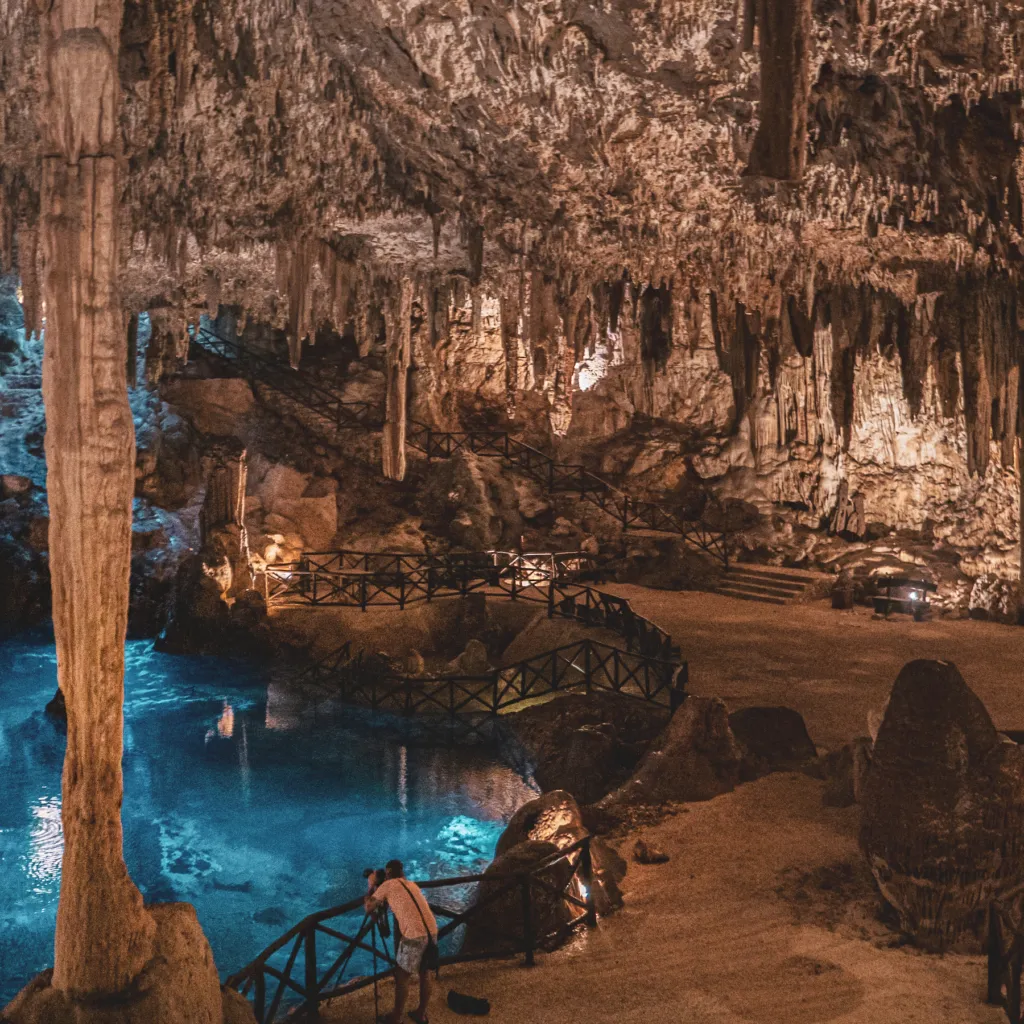Mayan cave art, an ancestral legacy etched on the walls of the caverns, offers us a window into the past and allows us to glimpse the rich worldview of one of Mesoamerica's most enigmatic civilizations.
Recently, an extraordinary set of Mayan cave paintings was discovered in a hard-to-reach underground cave in Yucatán.This finding is a fascinating display of the artistic and spiritual expression of the ancient Maya.

The Paintings and Their Significance
The paintings include geometric, zoomorphic, and anthropomorphic designs, such as crosses, circles, birds, and mammals, as well as human figures that may represent warriors or deities. Some of these paintings may be pre-Hispanic, while others could date from the colonial period or even be a blend of both eras.
The Maya used various pigments to create these works of art. Some pigments seem to have been extracted from the same cave, such as k’ankab, a red stone, while other drawings appear to be made with calcite.These techniques reflect a deep knowledge of the available materials and advanced artistic skills.

The cave where these paintings were found measures approximately 35 meters in length and 25 meters in width. To access it, the explorers had to descend about 10 meters, either by rappelling or using a ladder.Once inside, a gallery of pre-Columbian art is revealed in an impressive state of preservation.
Preservation of Heritage
This discovery underscores the importance of preserving these archaeological and artistic sites. The caves and cenotes of Yucatán are time capsules that contain records of humanity through Mayan art.It is crucial to protect these spaces not only for their historical and cultural value but also for the information they can provide about the practices and beliefs of the ancient Maya.
This blog is a tribute to Mayan cave art, a heritage that transcends time and continues to amaze with its beauty and mystery. The cave paintings in the caverns of Yucatán are a reminder of the rich cultural legacy of the Maya and a call to preserve these treasures for future generations.





